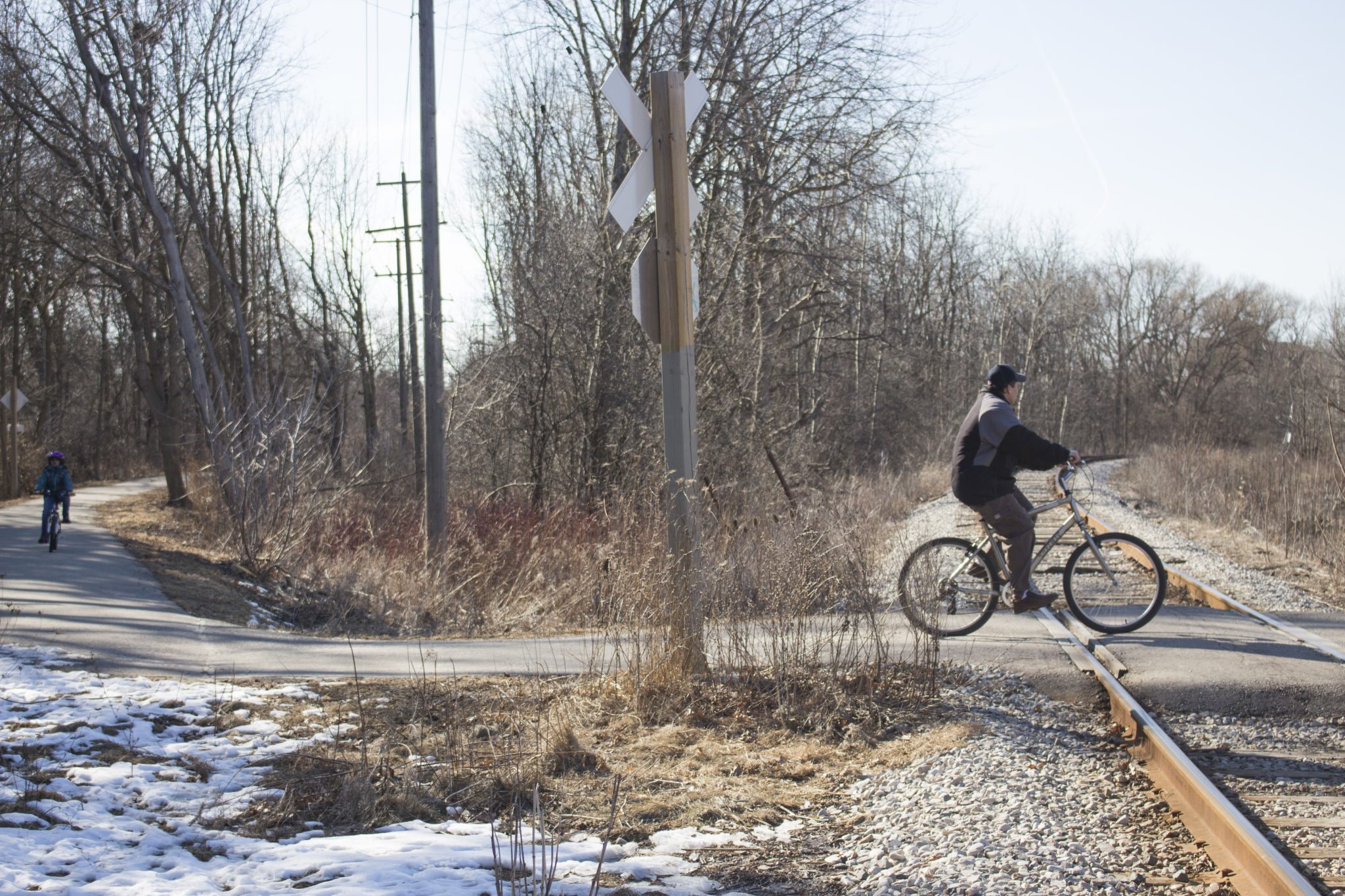
In Danville, the trail passes directly behind the commercial downtown area. Much of the trail in this section includes a dirt running path adjacent to the asphalt bike trail. A staging area here features parking, a drinking fountain, benches and tables.įrom this point, the trail meanders through residential areas, crossing streets numerous times-though traffic is typically low-and offers easy access to restaurants and shopping. South of Walnut Creek, the trail passes under I-680 at Rudgear Road to the west side of the freeway. Bicycle and pedestrian overpasses span Treat Boulevard near the Pleasant Hill BART and Ygnacio Valley Road in a congested section of Walnut Creek. The Walnut Creek BART station is about a half mile off the trail here. The northernmost part of the trail, as well as the proposed area around Suisun Bay, follows a marshy area, which is a haven for ducks and geese.Īs you head south, the area becomes increasingly more urban, especially near downtown Walnut Creek.

A rest stop across the street from the BART parking lot features picnic tables, a drinking fountain and benches. The trail nears the Pleasant Hill BART station at about mile 5. On the north end, there are plans to continue the trail to Suisun Bay in Martinez.Īt the current northern end, the trail begins just south of State Route 4, near the northeast corner of Buchanan Field Airport in Concord. Plans call for the trail to be extended farther south to Stanley Boulevard in Pleasanton, where an existing bike trail leads east to Livermore.

This popular and extensively used trail roughly follows Interstate 680, beginning in the city of Concord on its northern end and passing through Pleasant Hill, Walnut Creek, Alamo, Danville, San Ramon and Dublin before ending at the northeast edge of Pleasanton. It runs through quiet residential neighborhoods, lively business and commercial districts and shady greenbelts. Today, the Iron Horse Trail connects two counties and twelve cities.

Description from TrailLink: The area surrounding the Iron Horse Regional Trail has an important history as part of the San Ramon Valley's agricultural and ranching past.


 0 kommentar(er)
0 kommentar(er)
